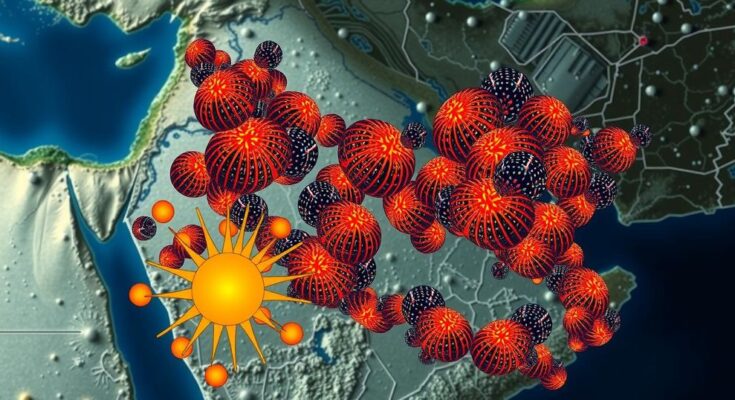A magnitude 5.7 earthquake struck Western Iran, as confirmed by the GFZ. No reports of casualties or major damage have surfaced, but the event illustrates the seismic risks posed by the region’s tectonic dynamics. The situation is being monitored closely by authorities and seismologists to ensure public safety and preparedness against future earthquakes.
A magnitude 5.7 earthquake has struck Western Iran, as reported by the GFZ German Research Centre for Geosciences. The seismic activity occurred within a region that is known for its tectonic instability, often experiencing tremors due to the collision of the Arabian and Eurasian tectonic plates. Fortunately, there have been no immediate reports of casualties or significant damage following the tremor, though authorities in Iran are likely to assess the situation closely. Seismologists monitor such events to ensure public safety and to enhance understanding of seismic behavior in this earthquake-prone area.
Iran is situated in a seismically active region, being at the juncture of several major tectonic plates, which frequently leads to earthquakes of varying magnitudes. The Iranian government has established protocols for disaster response in the aftermath of seismic events, considering the potential for significant infrastructural damage and loss of life. The country’s history with earthquakes underscores the importance of preparedness and community awareness regarding earthquake safety measures. Such events serve as reminders of the ongoing geological processes that shape the Earth’s crust in this part of the world.
In summary, the recent 5.7 magnitude earthquake in Western Iran highlights the country’s vulnerability to seismic events. While no immediate harm was reported, the incident underscores the necessity for continued vigilance and preparedness for future earthquakes. Efforts to monitor seismic activity remain crucial, as they play a fundamental role in safeguarding communities against potential disasters.
Original Source: www.jpost.com




